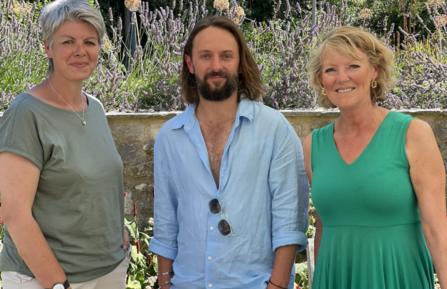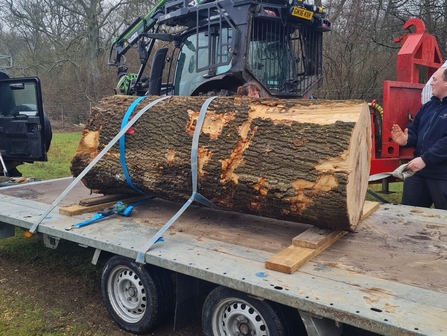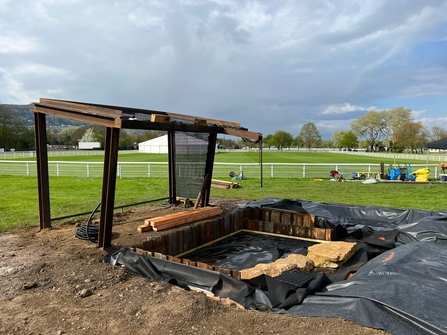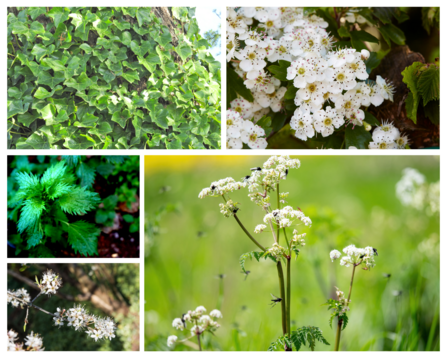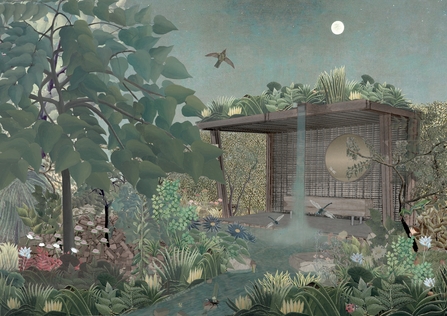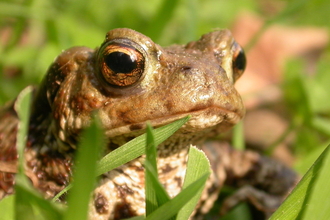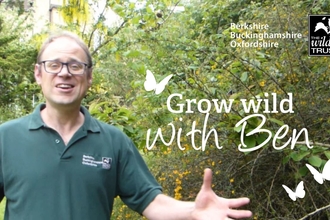The story of The Wildlife Trusts: Wilder Spaces show garden for the Malvern Spring Festival began with a meeting of minds at fitness class.
BBOWT's chief executive, Estelle Bailey and I, director of Oxford Garden Design, regularly attend a Saturday morning ‘Boot Camp’, which is apparently not the same as a ‘Holiday Camp.’ In an essential after class drink (at the local pub) Estelle and I soon realised we shared many common values and made an instant decision to visit the ‘On Form’ Sculpture Exhibition at Astall Manor in Oxfordshire that same afternoon.
It became immediately apparent that instead of focusing on the sculptures, which were indeed beautiful, we were both busily photographing the wildlife friendly aspects of the garden. A common bond was established.


